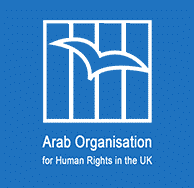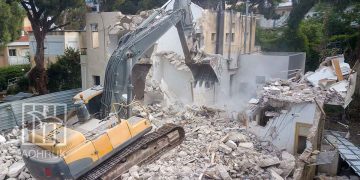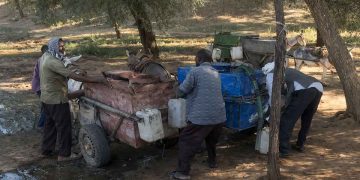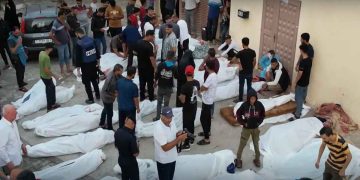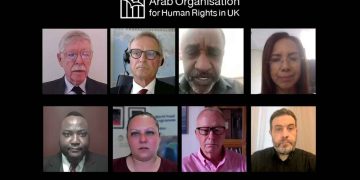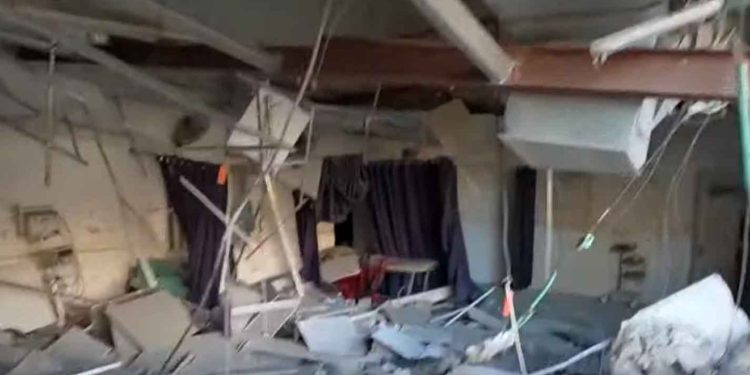Israeli military operations in Gaza have intensified, resulting in further civilian deaths and the rapid deterioration of the humanitarian situation. Since the early hours of Sunday, ongoing aerial bombardments, artillery shelling, and direct fire have reportedly killed at least 21 civilians, including women and children, in several areas of the Gaza Strip. The attacks occurred in zones densely populated with displaced persons, amid warnings of an imminent humanitarian disaster driven by the collapse of the health system.
Medical sources confirmed that eight individuals were killed when a residential building was hit in Jabalia, north of the enclave. Two of the bodies were retrieved from under the rubble in a difficult rescue operation. In another incident, five civilians, including two children, were killed in a drone strike on tents sheltering displaced families west of Khan Younis. Additional deaths and injuries were recorded near aid distribution points, where civilians attempting to access essential supplies came under live fire.
Reports from Rafah indicate that at least four people were killed and more than seventy others injured by Israeli gunfire while attempting to reach humanitarian aid centres. In the same period, strikes continued on homes and civilian infrastructure across central and northern Gaza, exacerbating the risk to civilians who have already been forcibly displaced multiple times.
Humanitarian relief distribution points, which were initially designated as safe zones, have increasingly become the sites of direct attacks. The continued targeting of these locations has rendered access to food and medical supplies life-threatening, forcing civilians to choose between hunger and exposure to violence. In a stark illustration of this trend, United Nations agencies have warned that the current aid delivery model in Gaza may serve as a lure rather than a lifeline, drawing civilians into high-risk areas under the promise of relief.
The health system in Gaza is on the brink of collapse. Medical officials report that hospitals have fuel supplies for only two more days. Most health facilities are operating without electricity, adequate medical supplies, or personnel, severely limiting their capacity to respond to the rising number of casualties. Ambulances face frequent targeting and impassable roads due to bombardment and destruction, impeding emergency response.
Since 7 October 2023, Israeli military actions have resulted in the deaths of over 54,772 Palestinians and injured more than 125,834, with thousands still unaccounted for. The figures reflect not only the scale of the violence but also the devastating impact of restricted access to aid, fuel, and medical care. Humanitarian agencies report mass displacement and rising mortality among displaced populations living in unsafe, unsanitary conditions.
With border crossings closed, and humanitarian convoys either denied access or targeted, Gaza’s population faces an expanding zone of risk that affects all facets of civilian life. Aid organisations continue to document severe violations of international humanitarian law, including the use of starvation as a method of warfare, indiscriminate attacks on civilian infrastructure, and the targeting of relief centres and medical personnel.
The situation in Gaza can no longer be described merely as a humanitarian crisis. It constitutes an ongoing crime under international law, carried out in full view of the international community. As civilians continue to be killed while attempting to collect food or reach hospitals, and as displacement camps turn into death traps, the war increasingly resembles a campaign of calculated destruction with no refuge or recourse.
In the absence of immediate international action, Gaza’s civilians remain defenceless, enduring a reality where bread has become a privilege, seeking medical treatment entails life-threatening risks, and the path to safety leads only deeper into danger.
